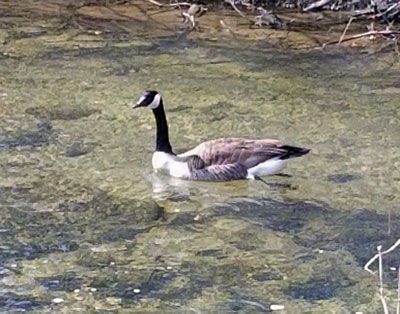April is National Poetry Writing Month, and many poets like to challenge themselves to write a poem a day. With that in mind, Wild Violet will be sharing poetry prompts each day: one geared towards adults and one for kids.
If you write a poem based on this prompt, feel free to share a link to your poem, or the poem itself, in the comments. Poems appearing in the comments are not considered published in Wild Violet, and you retain all rights to your work.
It’s come to my attention that, since it’s the 13th day of the month, we should be on prompt 13! I’m not sure how we missed a day, but I’m going to share two prompts today in case you’d like to get caught up.
Haiku and Tanka
For adults:
Japanese poetry forms tend to be short and syllabic, which is why we’re going with two of them today.
Haiku
A haiku is a three-line form. The 1st and 3rd lines are 5 syllables, and the 2nd line is 7 syllables (5-7-5). Typically, haiku are written about nature and use seasonal or weather words. To push the form even further, use it to make a larger statement about human nature or the world. For examples that rise to a higher level, read Read Poetry’s article, “10 Vivid Haikus to Leave Your Breathless.”
Tanka
A tanka is a five-line syllabic form. The basic structure of a tanka poem is 5 – 7 – 5 – 7 – 7. Because of its slightly longer length, the tanka can allow more storytelling than the haiku. Focus on packing as much meaning as you can into the syllables you get. Your Dictionary provides examples of tanka poems, both translated from the original Japanese and in English, while Masterpiece of Japanese Culture provides an overview of some famous Japanese tanka poems, in translation. Keep in mind that the translations do not maintain the syllabic form, but they are a good example of the spirit of the tanka form.
For children:
Haiku
While many English poetry forms rely on rhyme, the Japanese form haiku uses syllables instead. To write a haiku, you count the syllables in each line. The first line should have five syllables; the second line should have seven; and the third line should have five. Because it’s so short, a haiku is a great way to make an observation about something you see or experience. Many haiku are about nature, but you can write one about any subject you like. In this example, I wrote about something I saw recently at the creek behind our apartment building.
Canadian goose
glides slowly downstream, honking
at its unseen mate.
Tanka
Just like the haiku form, the tanka form uses syllables. The first line has 5 syllables; the second line has 7 syllables; the third line has 5 syllables; and the fourth and fifth lines each have 7 syllables (which is often written as 5-7-5-7-7). A tanka a little bit longer than a haiku, so you can use it to tell a very short story, or you can share a more detailed glimpse of a scene.
Tip: For both the haiku and the tanka forms, focus on packing a lot of vivid detail into a small space. These forms can be very challenging, so if a line is a syllable short or a syllable too long, don’t worry too much about it! The more syllabic poems you write, the easier it will get.
In darkness, rain drips
a rhythm on the window.
It taps, pitter-pat,
on the concrete patio.
Awake in early morning.


